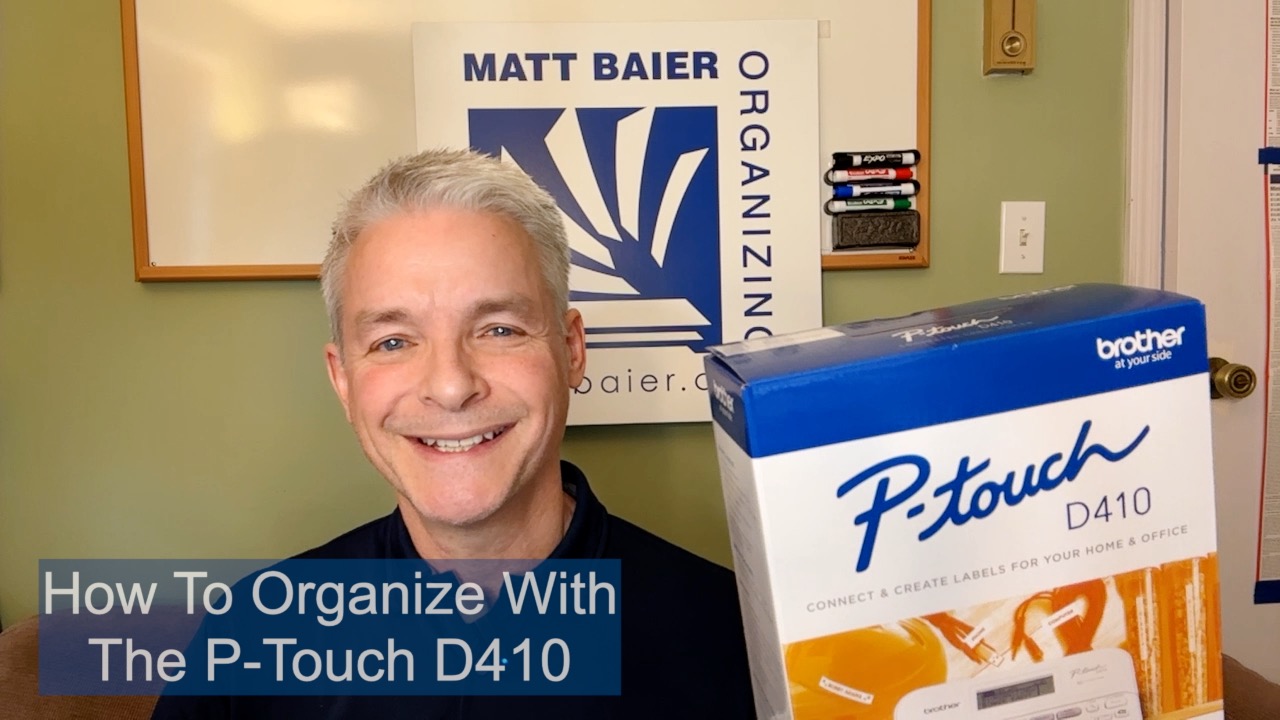When organizing items in your attic, one of the categories you are bound to see a lot of, are keepsakes. Odds are good that you will have more than you need, but how do you go about safely getting rid of items that are irreplaceable? Where do you even start? Here are 6 tips.
1. fast and general sort
As with any decluttering, always start with a sort and plan to sort fast. It is very easy to get overwhelmed by the process and then get distracted, so keep it very general. First just separate the items you are keeping purely for sentimental reasons from everything else. That’s what constitutes a keepsake. Than subdivide by photo albums, trophies, journals, travel souvenirs, kid’s artwork, etc. When you can then focus on one category you will, not only make faster decisions, but better decisions. That’s because you are seeing them in context.
2. favor the small and good
Be more forgiving with the smaller keepsakes and try to let the larger ones go. See if taking a photo of that large item will hold the memory for you. Also, show favoritism to the good memories. Maybe there were some bad memories that helped you grow, but try to keep most of your keepsakes positive. It is more helpful to keep your past a happy place to revisit, wherever possible.
3. take note!
Keep a pad of Extra Sticky Post-It Notes and a retractable Sharpie handy (trust me) as you sort through your keepsakes. Write quick temporary notes about your keepsakes, as your memories come up. Your memory will not improve, the next time you see them. Why do I say “quick” and “temporary”? You don’t want to waste time and energy on creating the perfect labels, while you are trying to summon and capture your memories. Capture now, label later.
4. near and remote
The attic is the perfect remote area to store the bulk of your keepsakes. However, keepsakes are not locked in time. They will continue to present themselves, for as long as we live. So it’s a good idea to keep an easily accessible collection place for new keepsakes. As with the note-taking strategy, don’t worry about the perfect editing now. The most important thing is easy accessibility, to separate the keepsakes from everything else that accumulates.
5. quality not quantity
The fewer items you keep, the more special they are. Also, if it’s important to keep, it should be important to keep well. Too often we see the exact opposite. For example, it may be crushed grocery boxes, stuffed with dusty, folded pieces of children’s art. Just choose the most special ones. A few items from a period of time, will bring back the same memories as an arsenal of them. Protect them and make them easily accessible, maybe in a simple binder, with sleeves.
6. avoid regrets
Relieve yourself of making these perfect decisions about what keepsakes to keep, on a daily basis. Decisions are easier to make, when seasoned with time. Collect children’s artwork in a comfortably sized plastic bin, as it comes in. Then, after a year or a half year, empty it out on a big clean floor and sort it out. When you see 13 unicorn drawings, it will be easier to pick out the best ones. You may have regrets if you force these decisions, too soon. By giving yourself time and context, you will feel better about your choices.
Celebrity organizer, Peter Walsh says there are essentially two kinds of clutter: clutter from the past and culture for the future. Clutter for the future is excess back-up supplies and assorted items that “might come in useful someday.” Clutter from the past includes your parents furniture and, of course, keepsakes. It is important to honor your past, but you don’t want to be weighed down by it. That way, you can enjoy the here and nowe. Hopefully these tips will help.
#organizingkeepsakes
#stamfordct
Please Share With Your Community
Testimonials
What some of our clients are saying
Imagine An Organized Home
















